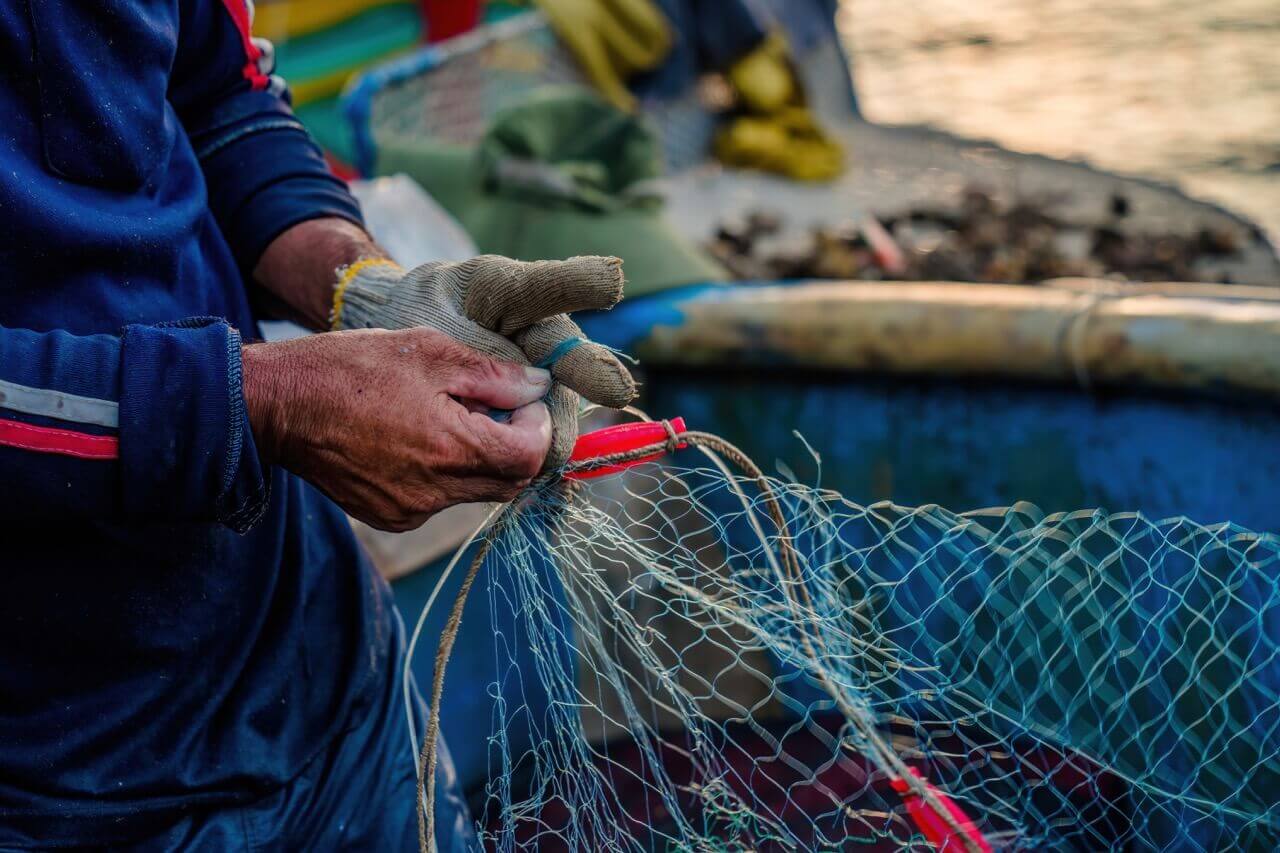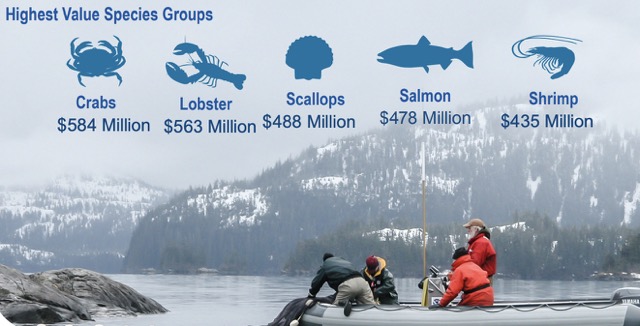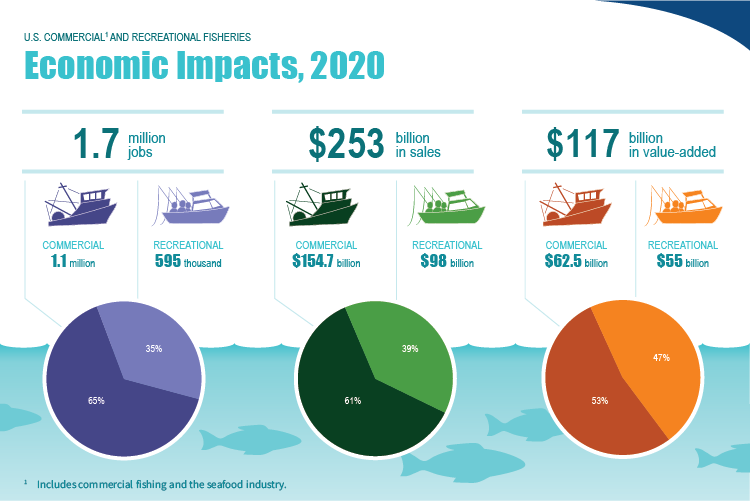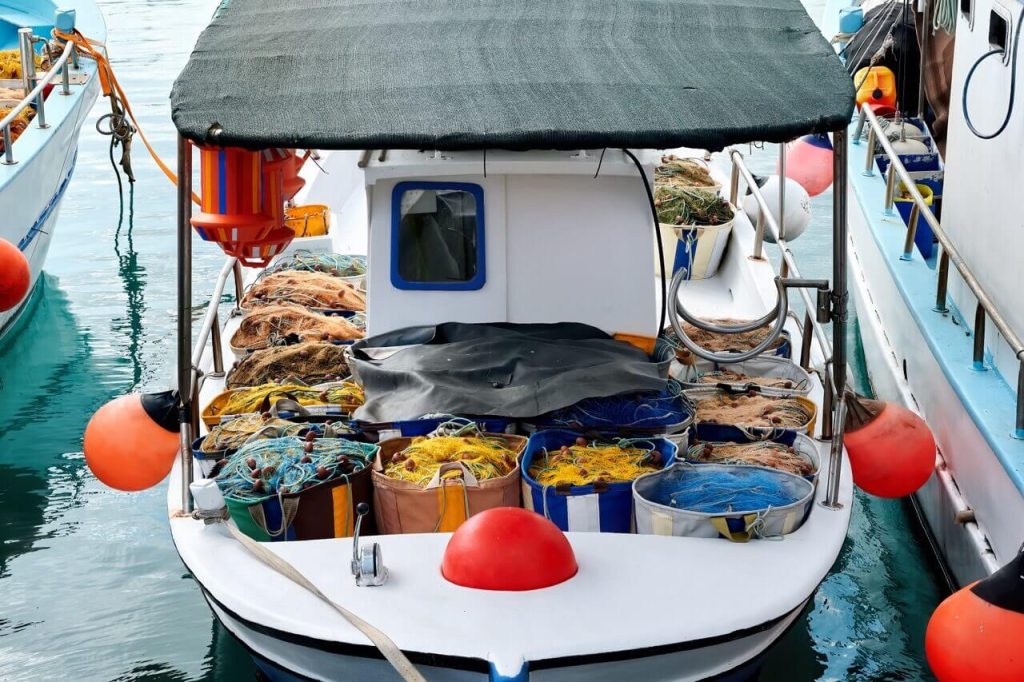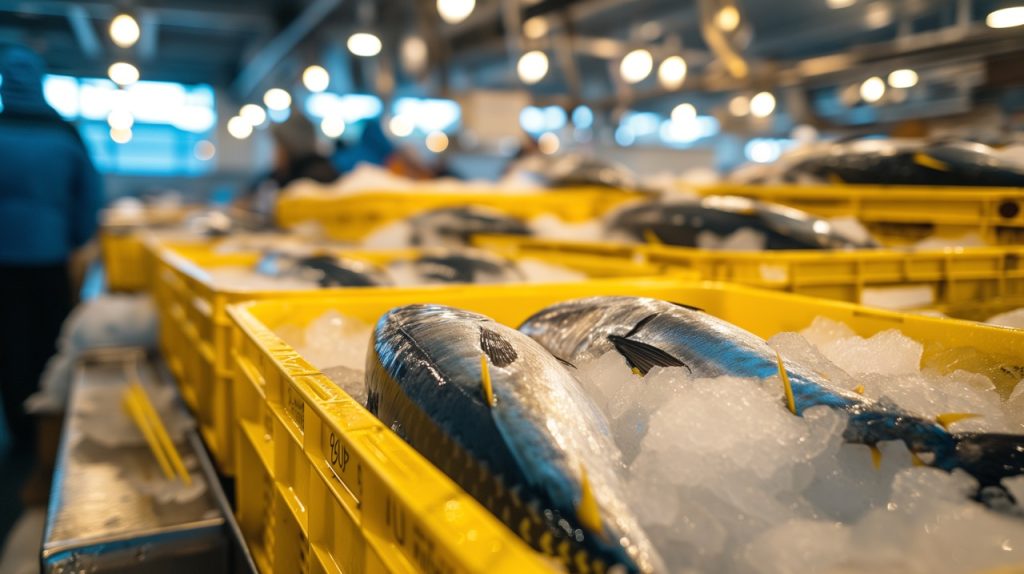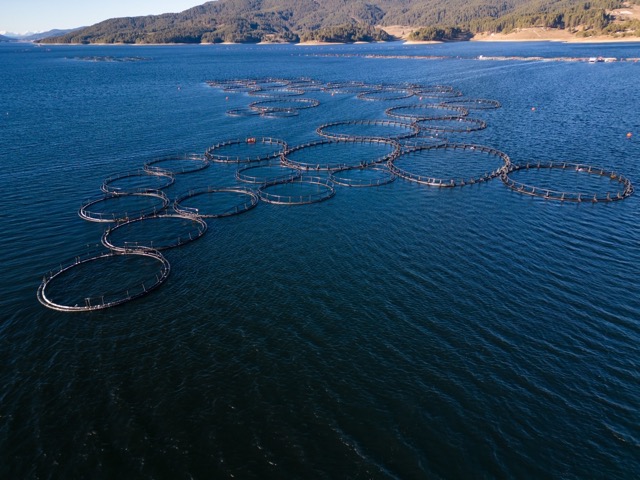The fishing industry in the United States is a key sector both economically and culturally, with a rich tradition. In recent years, it has undergone modernization to address challenges related to sustainability and marine resource management.
Fishing Industry in the United States: Brief Introduction
The extensive coastline along the Atlantic and Pacific Oceans contributes to the longstanding fishing tradition in the United States. This has made fishing a significant economic sector. It plays a vital role in the country’s GDP and employment.
The U.S. fishing fleet is one of the largest in the world, engaging in the capture of a diverse range of marine species. Key species caught in U.S. waters include crabs, lobster, scallops, salmon and shrimp.
Current United States Fishing Activity
Presently, fishing activity in the United States is among the most significant in the world. Data from the 2020 U.S. Fishing Sector Report, compiled by the National Oceanic and Atmospheric Administration (NOAA), reveals the following statistics:
- Total production value: In 2019, freshwater and marine U.S. aquaculture production was 658 million pounds with a value of $1.5 billion.
- Fleet size: As of 2020, the OECD informed that the U.S. had 75.231 as a fishing fleet, being one of the largest globally.
- Employment generated: An estimated 1.7 million individuals were employed in marine fishing. Specifically, 1.1 million on commercial fishing and 595 thousand in recreational fishing.
- Imports: The United States is a major importer of fishery products in Canada (14%), India (11%), Indonesia (10%), Chile (10%) and China (8%).
- Exports: Primary export destinations include Canada (24%), China (16%), Japan (13%), South Korea (9%) and Netherlands (7%).
Sustainability fishing: Challenges in the U.S.
Despite these figures, the U.S. fishing industry faces challenges related to sustainability and marine resource management. Overfishing of certain marine species is a critical issue, as excessive fishing pressure can deplete fish populations, impacting the long-term viability of the industry.
Additionally, fishing activities can have significant environmental impacts, including bycatch of unwanted species, degradation of marine habitats, and the generation of plastic waste. Compliance with policies and regulations established by the National Marine Fisheries Service (NMFS) and adopting more sustainable practices is crucial for the U.S. fishing sector.
The industry also confronts challenges associated with climate change, altering the distribution patterns of marine species and affecting marine ecosystems. This necessitates adaptations in fishing strategies.
In response to these challenges, aquaculture has emerged as an alternative to traditional fishing, experiencing substantial growth. According to the Food and Agriculture Organization (FAO), 52% of fish destined for human consumption globally now comes from aquaculture. In the United States, aquaculture accounts for 30%, making the country the leading aquaculture producer in North America.
Sustainable Fishing Practices: Law in the U.S.
To address these challenges and move towards more sustainable fishing practices, the United States has implemented policies and measures, such as the National Environmental Policy Act or Endangered Species aCR. These include quota management, promotion of selective fishing practices, and investment in research and technological development.
Furthermore, cooperation at the national and international levels plays a crucial role in managing fishing resources and ensuring the sustainability of the industry.
At KrustaGroup, a seafood distribution and marketing company, we have maintained a passionate relationship with the sea for over 50 years. We prioritize the fishing of wild species, exclusively in sustainable fishing grounds, using selective methods to minimize the impact on the marine environment and its biodiversity.
Bibliographic Source:
– NOAA Fisheries. (2022). Fisheries of the United States, 2020 Report. Retrieved from https://media.fisheries.noaa.gov/2022-05/Fisheries-of-the-United-States-2020-Report-FINAL.pdf
– Organisation for Economic Co-operation and Development (OECD). (n.d.). [Fish Fleet Data Set]. Retrieved from https://stats.oecd.org/Index.aspx?DataSetCode=FISH_FLEET
NOAA Fisheries. (n.d.). Laws & Policies. Retrieved from https://www.fisheries.noaa.gov/topic/laws-policies
Food and Agriculture Organization of the United Nations (FAO). (n.d.). About FAO. Retrieved from https://www.fao.org/about/about-fao/en/


